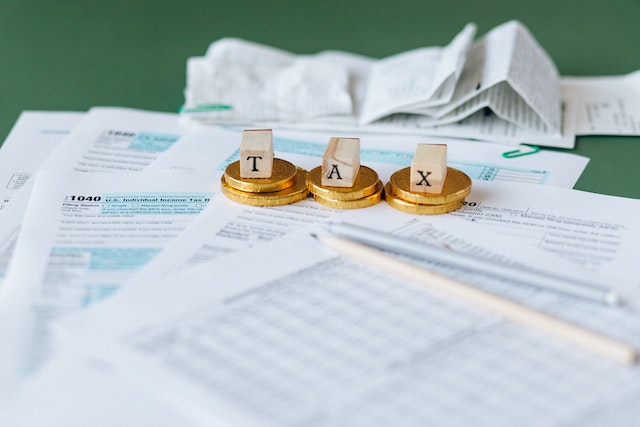In business, quarters represent the fiscal reports of activity throughout the year. This way one can get a quicker response to how a company’s doing within a certain time. Another way quarters are used is as an indicator to know what tax documents to turn in to avoid any potential penalties that may come from not. Here, we will take a look at the tax due dates of each of the quarters as well as any available extensions.
For Q1, the typical due date is April 17. The documents that are needed to be filed are the federal and state returns. Other noted documents to look at are form 1120 for C-corps, and Form 1040 for single-owner LLCs and individuals. State extensions can be filed by request. The extension on Tax Day is on April 18 when corporations are required to pay estimated taxes on their first year of being profitable.
Q2’s due date is June 15. Also, the final deadline for any clean-up bookkeeping for the prior tax year is on August 25. September 15 is the deadline for payments for Q3. Form 1065 is the documents used for partnerships, LLCs, and S-Corps. Lastly, for the final quarter all other documents will need to be filed and turned in by December 16.





